Southern Asia-Pacific Division
The official website of the Southern Asia-Pacific Division of the General Conference of Seventh-day Adventists
News
A Legacy of Resilience and Faith: How the Work of the Adventist Church Expanded in the Southern Asia-Pacific Region
The history of the Seventh-day Adventist Church in Asia is a remarkable testament to the enduring power of faith, resilience, and the commitment of both missionaries and local church members. From its early beginnings in the late 19th century, when a handful of pioneers ventured into unfamiliar and often hostile territories, to the establishment of formal church structures that spanned vast regions, the story of Adventism in Asia is one of perseverance against formidable odds. This narrative is not just about the spread of a religious movement; it is about the individuals who faced immense challenges, church members whose courage and conviction laid the foundation for the church’s growth, and the unwavering dedication that propelled Adventism into a dynamic force across the continent. As we delve into this brief history, we uncover the profound impact of these early efforts and the lasting legacy they have left on the Adventist mission in Asia.
Early Beginnings (1888-1900)
The Seventh-day Adventist Church, founded in North America in 1863, began its global expansion in 1874, reaching Europe and, by 1902, Asia. Early missionary efforts in Asia were challenging, marked by the work of layman Abram La Rue in Hong Kong and later official missionaries like Jacob Nelson Anderson in China and William Grainger in Japan. The challenges these missionaries encountered were significant. The church struggled with a lack of funds, which hindered its ability to send and support missionaries abroad. Additionally, organizational crises within the church further slowed the expansion efforts. The need to establish a coherent structure for managing the rapidly growing global mission was apparent, but resources were stretched thin.
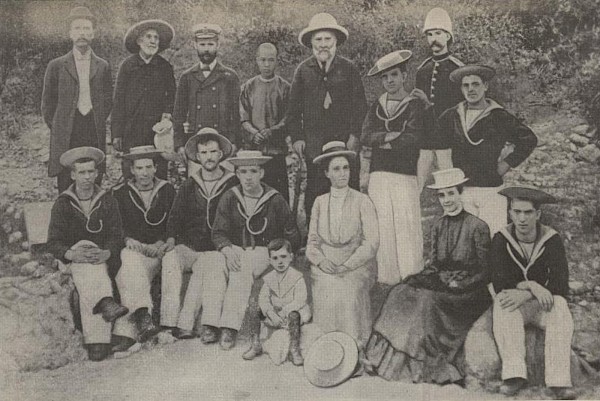
Despite these setbacks, local believers in Asia played a crucial role in the establishment and growth of Adventism in the region. These early converts not only embraced the new faith but also actively participated in spreading the gospel. Their willingness to take on leadership roles and support the mission provided much-needed credibility and legitimacy to the Adventist presence in Asia. These local pioneers were instrumental in laying the foundation for the church’s future expansion and success in the region.
Adventists Reach the Philippines
Between 1900 and 1905, the Seventh-day Adventist Church began to extend its missionary efforts into the Philippines, a country recognized as a promising mission field by church leaders. This recognition occurred largely due to the observations of G. A. Irwin, who was then the president of the Australasian Union Mission. While passing through Manila en route to the United States and the General Conference session, Irwin recognized the potential for missionary work in the Philippines and realized the need for a formal Adventist presence in the country.
In response to this realization, the church sent Robert A. Caldwell to the Philippines in 1905. Caldwell was the first ordained Adventist minister assigned to the Philippines, marking the official beginning of the Adventist mission in the country. His arrival was a significant milestone as it initiated the organized spread of the Adventist message throughout the islands.
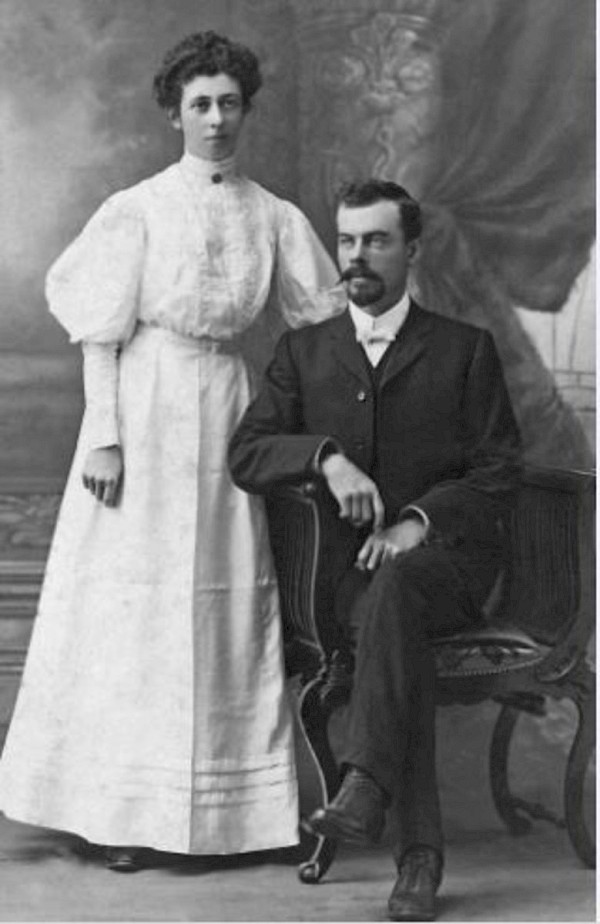
Joining Caldwell was L.V. Finster, who later became widely known as "the Apostle to the Philippines" for his dedicated and pioneering work in the region. Finster's contributions were instrumental in establishing a lasting Adventist presence in the Philippines. Together, Caldwell and Finster laid the groundwork for what would become a thriving Adventist community in the country.
Their early work involved evangelism, establishing churches, and connecting with local communities to spread the Adventist faith. These efforts were the beginning of what would become a significant and influential Adventist movement in the Philippines, which has continued to grow and flourish over the decades.
Asiatic Division (1909-1918)
In the early 20th century, as the Seventh-day Adventist Church's mission in Asia began to grow, it became increasingly clear that the region required more focused resources, leadership, and organizational support. The vastness of the Asian continent, coupled with its diverse cultures, languages, and religions, posed unique challenges that the church needed to address to effectively spread its message. Recognizing these needs, the church took a significant step in 1909 by establishing the Asiatic Division, one of the first major administrative divisions outside North America.
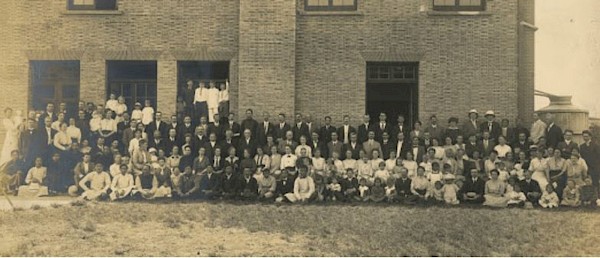
The Asiatic Division was tasked with overseeing a vast and varied territory that included China, India, Japan, Korea, Southeast Asia, and the Malay Peninsula, which encompasses today’s Singapore and parts of Malaysia. Initially headquartered in Shanghai, China, the division was strategically placed in a location that allowed for relatively easier communication and coordination across its widespread territory. Shanghai, being a major international hub at the time, provided a central point from which the church could manage its growing mission activities in Asia.
Despite this strategic placement, the Asiatic Division faced a multitude of challenges. The sheer geographic expanse of the territory made it difficult to maintain consistent communication and support across different regions. Additionally, the cultural and religious diversity of Asia meant that the church had to navigate a complex landscape where Christianity was often viewed with suspicion or outright hostility. These factors, combined with limited financial resources, made the work of the division particularly daunting.

However, the church's commitment to its mission in Asia began to bear fruit. As the division expanded its efforts, it succeeded in establishing new missions in previously unreached areas. Java and Sumatra, parts of modern-day Indonesia, saw the establishment of Adventist missions, as did Singapore and other parts of Southeast Asia. These new missions were crucial in spreading Adventism to more remote and culturally distinct regions, allowing the church to gain a foothold in areas that had been difficult to reach.
As the work in Asia progressed, it became evident that the existing administrative structure needed to be adapted to better manage the growing mission field. The Asiatic Division was reorganized several times to accommodate the expanding work and to create a more effective administrative system. These reorganizations reflected the dynamic nature of the church's mission in Asia and the need for flexibility in responding to the unique challenges of the region.
Eastern Asia Division (1918)
The term "Eastern Asia Division" was temporarily used for the Seventh-day Adventist Church's Far Eastern Division from 1918, following the separation of the India Union Mission and the Australasian Union Conference from the Asiatic Division. This reorganization aimed to better manage the church’s expanding work in regions like China, Japan, and Southeast Asia. During this period, the church established schools, publishing houses, and hospitals despite facing challenges such as political unrest in China and Japan. The division also expanded into new territories, including the Philippines and Indonesia. However, on March 2, 1919, at a council held in Shanghai, China, the term "Far Eastern Division of the General Conference of Seventh-day Adventists" was officially adopted, fully replacing the "Eastern Asia Division" designation as the church continued its mission in the region.
Far Eastern Division (1919-1994)
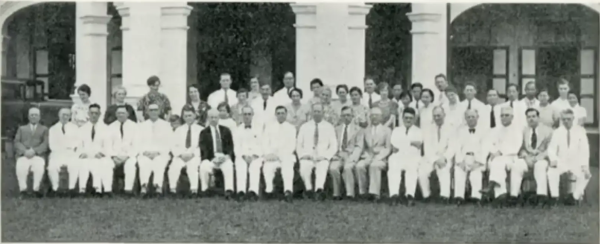
In 1919, the Seventh-day Adventist Church's Eastern Asia Division was renamed the Far Eastern Division (FED) to more accurately reflect its extensive and diverse territory, which spanned across East Asia, Southeast Asia, and the Pacific islands. This period marked the beginning of significant challenges for the division, including political instability in countries like China and Japan and the devastating impact of World War II.
During the war, occupying forces in the area interned a large number of Adventist missionaries, particularly in territories under Japanese rule. This disruption severely hampered the church's work, as many mission stations, schools, and churches were either closed or destroyed. The war also caused widespread destruction of infrastructure and loss of life, further complicating the division's efforts.
Despite these hardships, the FED remained committed to its mission. The division concentrated on reestablishing its operations after the war, which included rebuilding not only the division's physical structures but also the church communities that the war had destroyed. The division also prioritized expanding its reach by establishing new missions in previously unentered territories and launching evangelism initiatives to spread the gospel across the region.
This post-war period of reconstruction and growth was critical for the FED as it worked to overcome the challenges of the past and continue its mission in Asia. The division's resilience and dedication during these difficult times laid a strong foundation for the Adventist Church's ongoing presence and influence in the region.
Asia-Pacific Division (1995-1997)
In 1994, the Seventh-day Adventist Church underwent a significant reorganization that led to the renaming of the Far Eastern Division (FED) as the Asia-Pacific Division (APD). This change was made to better reflect the evolving geopolitical landscape of the region and to foster a more inclusive identity that encompassed the diverse cultures and nations within its territory. The renaming also signified the church's recognition of the growing importance of Asia and the Pacific in its global mission.
The establishment of the APD brought with it a range of challenges. One of the immediate tasks was finding a suitable location for its new headquarters. The division's leaders sought a site that would be central to its vast territory, which included countries with varying levels of development, religious diversity, and political stability. The division's initial headquarters in Singapore, while strategically located, proved to be costly and less practical for the long-term needs of the division.
As the APD's leadership deliberated on the best course of action, it became clear that the division's territory was too large and diverse to be effectively managed from a single administrative center. This realization led to the decision to split the APD into two distinct divisions: the Northern Asia-Pacific Division (NSD) and the Southern Asia-Pacific Division (SSD).
The Northern Asia-Pacific Division (NSD) was created to oversee the work in the northern regions of Asia, including countries such as Japan, Korea, and parts of China. The Southern Asia-Pacific Division (SSD), on the other hand, was tasked with managing the church’s mission in Southeast Asia and the Pacific islands. SSD's territory included a mix of predominantly Muslim, Buddhist, and Christian countries, each with its own unique cultural and religious landscape.
Southern Asia-Pacific Division (1997-Present)
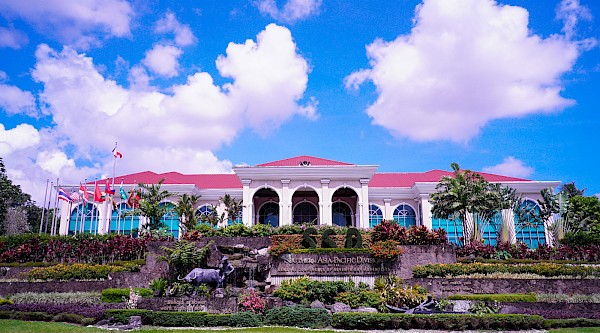
The Southern Asia-Pacific Division, established in 1997, faced early challenges in building a strong infrastructure and meeting the diverse needs of its territory, which includes many 10/40 window countries. Under the leadership of presidents like Pastor Violeto Bocala, Pastor Alberto C. Gulfan, Jr., Pastor Leonardo Asoy, and Pastor Saw Samuel, SSD emphasized evangelism, membership audits, and addressing the needs of marginalized communities. Recent years have seen continued growth, including the establishment of new missions and unions, despite challenges such as natural disasters, religious persecution, and political instability.
The current president of the division, elected in General Conference Session 2022 in St. Louis, Missouri, Pastor Roger Caderma, continues to carry the torch left by pioneers to nourish the church, to mobilize each member for mission, and to proclaim the gospel of the second coming of Christ in this challenging region.
The history of the Seventh-day Adventist Church in Asa is a remarkable testament to the enduring power of faith, resilience, and the commitment of both missionaries and local believers. From its early beginnings in the late 19th century, when a handful of pioneers ventured into unfamiliar and often hostile territories, to the establishment of formal church structures that spanned vast regions, the story of Adventism in Asia is one of perseverance against formidable odds. This narrative is not just about the spread of a religious movement; it is about the individuals who faced immense challenges, the local believers whose courage and conviction laid the foundation for the church’s growth, and the unwavering dedication that propelled Adventism into a dynamic force across the continent. As we delve into this history, we uncover the profound impact of these early efforts and the lasting legacy they have left on the Adventist mission in Asia.
SSD Communication Department
Our Beliefs
Seventh-day Adventist beliefs are meant to permeate your whole life. Growing out of scriptures that paint a compelling portrait of God, you are invited to explore, experience and know the One who desires to make us whole.